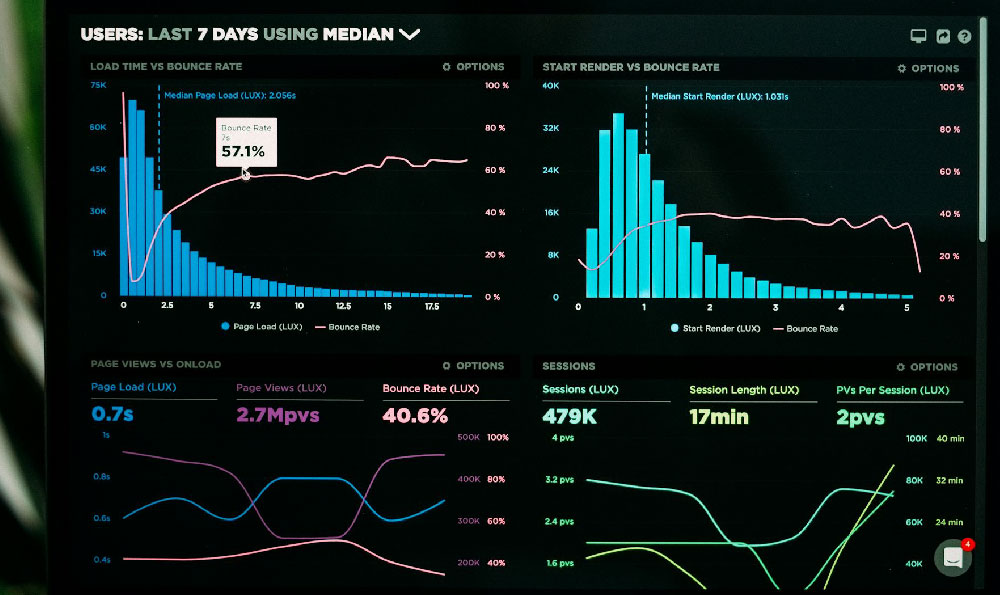Navigating the world of higher education involves understanding a complex web of rules and regulations, particularly when it comes to enrollment status. Defining “part-time” college enrollment isn't a universally fixed number; it varies depending on several factors, including the specific institution, the type of financial aid being considered, and even the state in which the college is located. To properly understand the minimum credit hours that define part-time status, we must consider these different perspectives.
From an academic standpoint, most colleges and universities use a credit-hour system to quantify the workload associated with a course. Typically, a standard full-time undergraduate course load is considered to be 12 credit hours or more per semester. This benchmark stems from the expectation that full-time students will dedicate a significant portion of their time to academic pursuits, generally around 40 hours per week, including class time, study sessions, and assignments. Consequently, anything less than 12 credit hours is generally considered part-time enrollment.
However, determining the minimum number of credits to still qualify as part-time can be tricky. Many institutions stipulate that a student taking between 1 and 11 credit hours is considered part-time. The lower end of this range, even just enrolling in one single credit-hour course, technically qualifies as part-time. It's crucial to remember that taking even one course offers access to resources and facilities that are otherwise unavailable, justifying the "student" label. The specific cutoff varies from one institution to another, so consulting the college's official academic catalog or registrar's office is always the best practice.

The impact of enrollment status extends beyond academics and has a significant impact on financial aid eligibility. Federal financial aid programs, like Pell Grants and federal student loans, often have different eligibility criteria based on enrollment status. While full-time students generally receive the maximum aid amount for which they qualify, part-time students may receive a reduced amount or, in some cases, may not be eligible at all.
The Department of Education's guidelines generally acknowledge part-time students, but the actual amount of aid awarded is typically proportional to the number of credit hours enrolled. This means a student taking 6 credit hours might receive half the Pell Grant amount compared to a student taking 12 credit hours. It is vital to consult the FAFSA (Free Application for Federal Student Aid) guidelines and the specific policies of the financial aid office at the institution to understand how part-time enrollment affects aid eligibility. Some grants or scholarships might have stricter requirements, demanding at least half-time enrollment (typically 6 credit hours) for eligibility.
Furthermore, state-level financial aid programs often have their own definitions of part-time enrollment and related eligibility criteria. States may offer grants or scholarships specifically designed for part-time students, recognizing the challenges faced by those juggling work, family, and education. These programs often have different requirements than federal programs, so it's essential to research the specific state's offerings.
Beyond financial aid, part-time enrollment can also impact other aspects of a student's experience. For example, certain scholarships, internships, or on-campus housing options may be exclusively available to full-time students. Insurance policies, particularly those provided by parents, might also have clauses that require full-time enrollment for coverage. Similarly, eligibility for student discounts and other benefits may be contingent upon maintaining full-time status.
From an employer's perspective, pursuing a degree part-time is increasingly seen as a valuable asset. It demonstrates a commitment to self-improvement, time management skills, and the ability to balance competing priorities. However, some employers offering tuition reimbursement programs may have specific requirements regarding enrollment status. Understanding these employer policies is crucial for students who are funding their education through employer assistance.
The minimum credit hours needed to be considered part-time also matter when it comes to loan deferment. Many student loan servicers allow borrowers to defer loan payments while enrolled in school at least half-time. If a student drops below this threshold, loan repayment may begin. Carefully planning course load is critical to manage loan obligations effectively.
In conclusion, while the general guideline is that less than 12 credit hours constitutes part-time enrollment, the precise definition and its implications can vary considerably. Understanding the policies of the specific college or university, federal and state financial aid programs, and any employer-sponsored tuition assistance programs is crucial for making informed decisions. Consulting with academic advisors, financial aid officers, and career counselors can help students navigate the complexities of enrollment status and develop a plan that aligns with their academic, financial, and career goals. Understanding the minimum credits required to define part-time enrollment offers a crucial pathway to accessing resources, managing finances, and successfully navigating the landscape of higher education. Remember that proactive research and clear communication with relevant offices are the best tools for understanding and managing enrollment status effectively.












